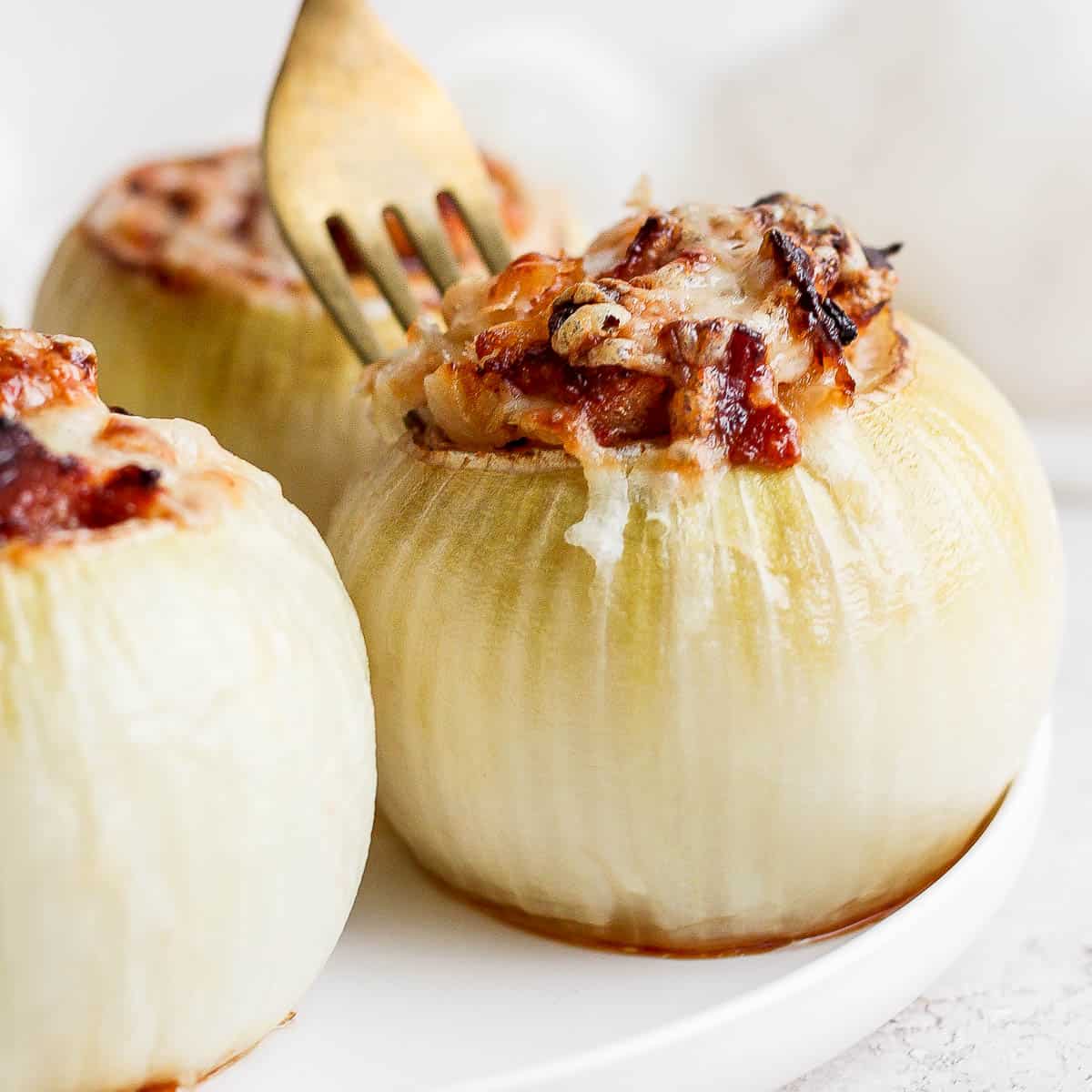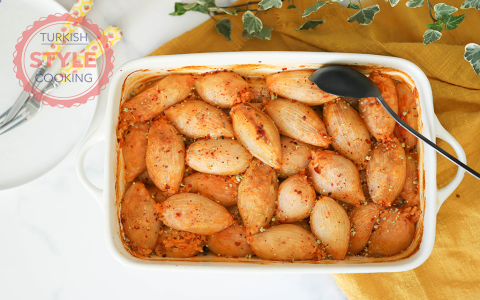Stuffed Onions: A Culinary Delight with Rich History and Nutritional Benefits
Introduction
Stuffed onions have been a staple in many cultures around the world for centuries. This dish, which involves hollowing out onions and filling them with a variety of ingredients, has not only been a source of sustenance but also a symbol of celebration and hospitality. In this article, we will explore the history, preparation methods, nutritional benefits, and cultural significance of stuffed onions. We will also discuss the variations found across different regions and the role of stuffed onions in modern cuisine.
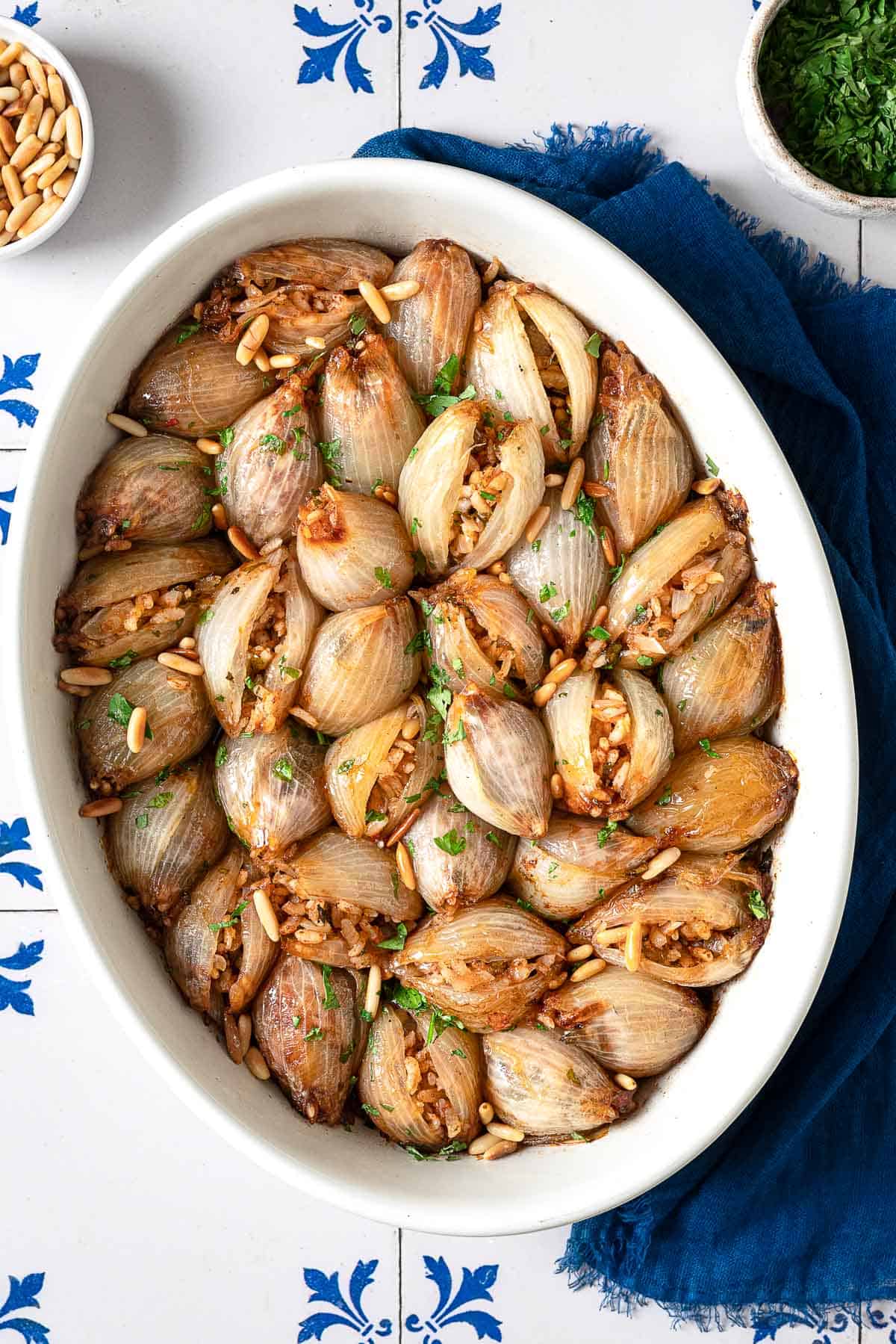
The History of Stuffed Onions
The origins of stuffed onions can be traced back to ancient civilizations such as the Egyptians, Greeks, and Romans. These cultures used onions as a symbol of fertility and abundance, and stuffed onions were often served during religious ceremonies and festivals. Over time, the dish spread to other parts of the world, adapting to local flavors and ingredients.
In medieval Europe, stuffed onions were a common dish among the nobility, often served at banquets and feasts. The dish became even more popular during the Renaissance, when it was embraced by both the wealthy and the common people. Today, stuffed onions are still a beloved dish in many countries, with each region offering its own unique twist on the classic recipe.
Preparation Methods
The preparation of stuffed onions involves several steps, including peeling and hollowing out the onions, preparing the filling, and cooking the onions until they are tender. Here is a basic recipe for stuffed onions:
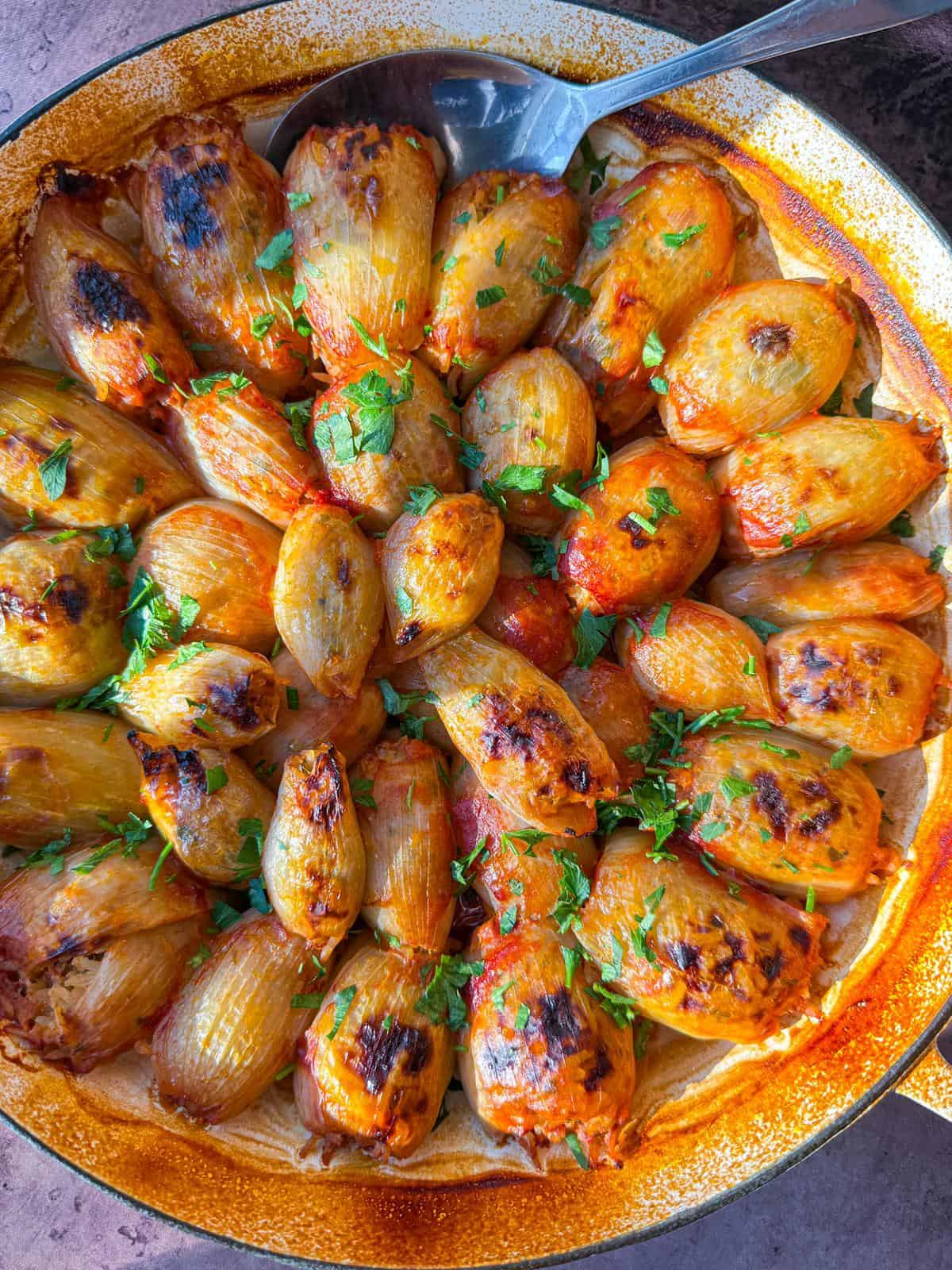
Ingredients:
– 6 large onions
– 1 pound ground meat (beef, pork, or a combination)
– 1 cup breadcrumbs
– 1/2 cup chopped parsley
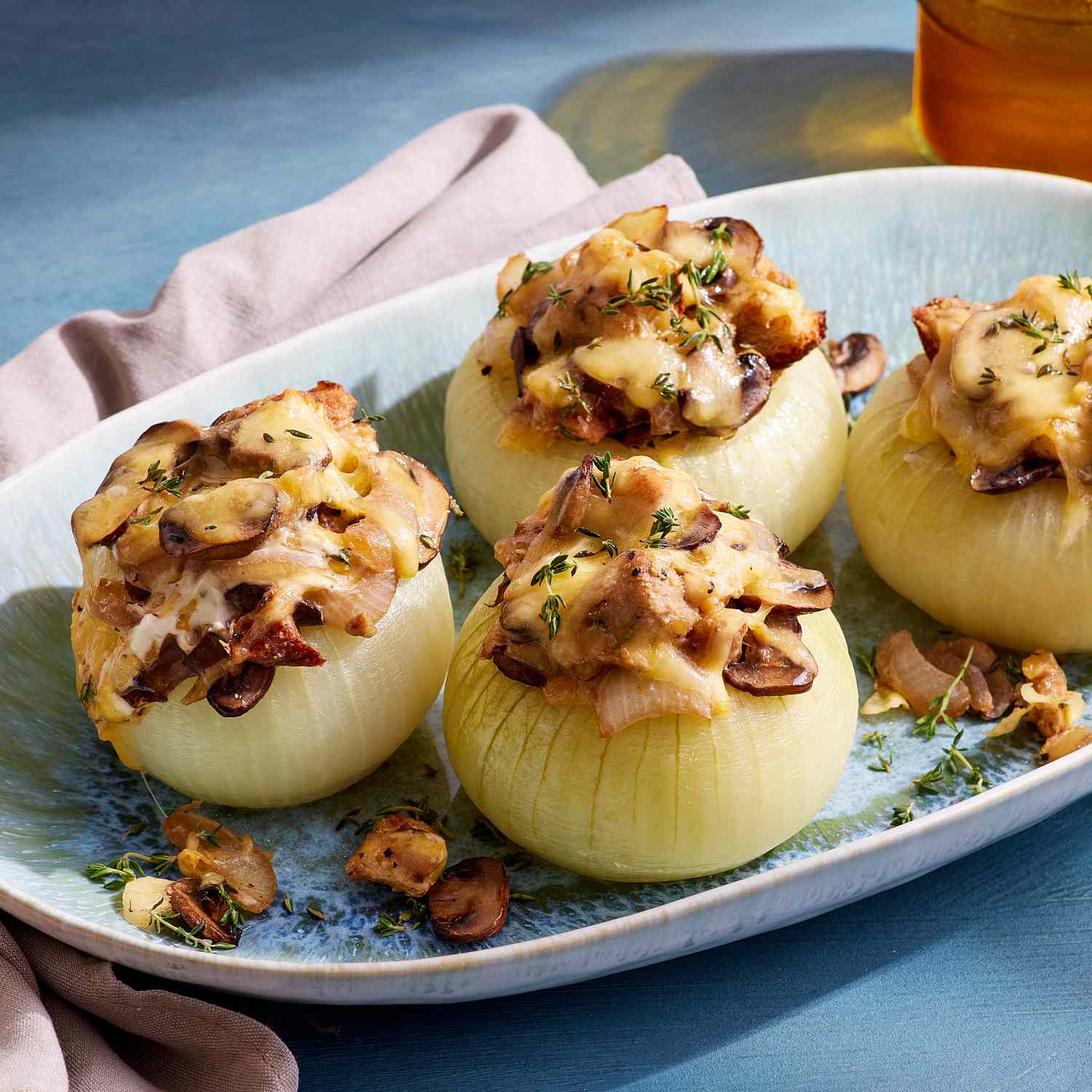
– 1/2 cup chopped celery
– 1/2 cup chopped onions
– 2 cloves garlic, minced
– 1 teaspoon salt
– 1/2 teaspoon pepper
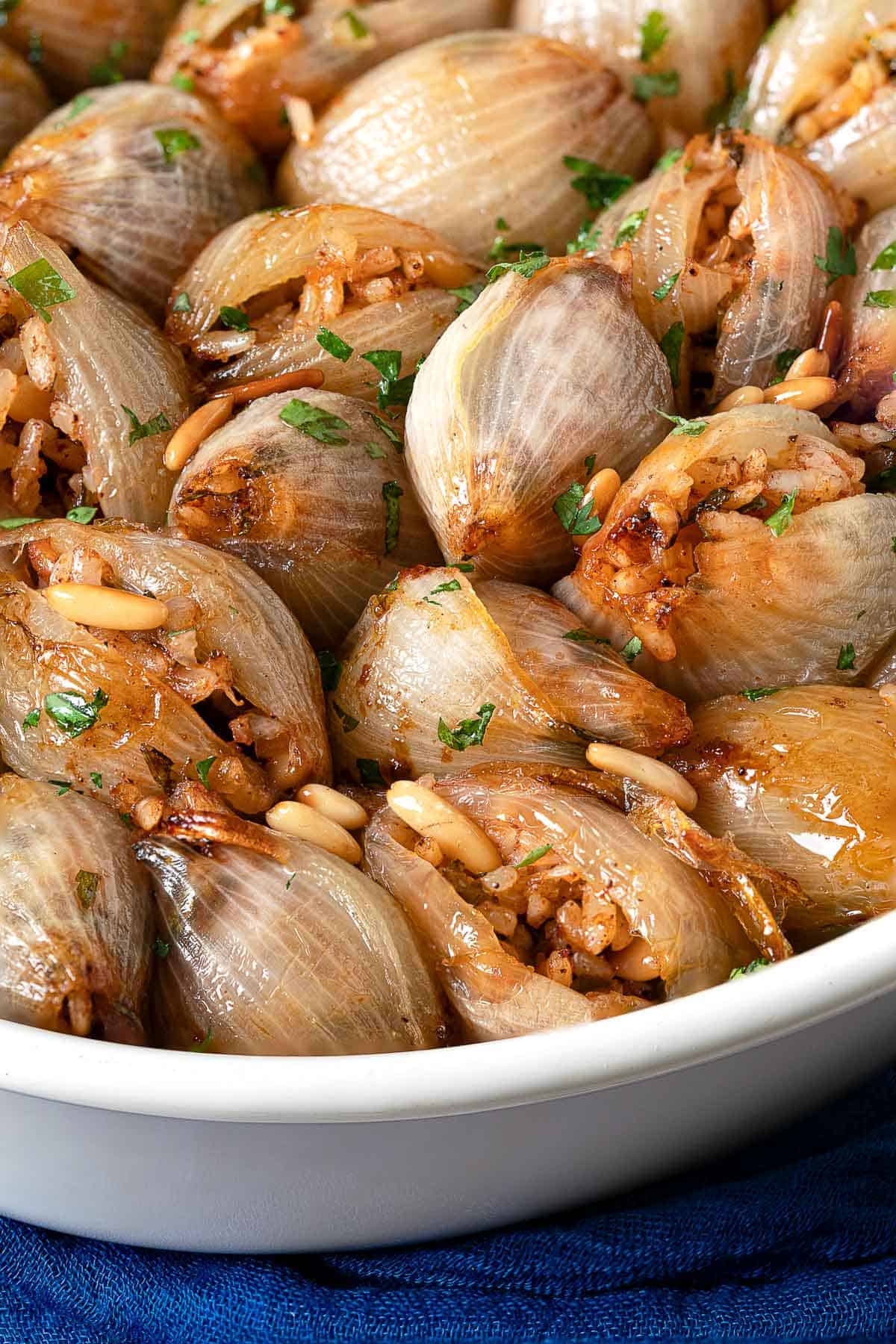
– 1/4 cup olive oil
– 1/4 cup red wine (optional)
Instructions:
1. Preheat the oven to 375°F (190°C).
2. Peel the onions and cut off the top 1/2 inch of the stem. Use a knife or a spoon to hollow out the onions, leaving a 1/2-inch-thick wall.
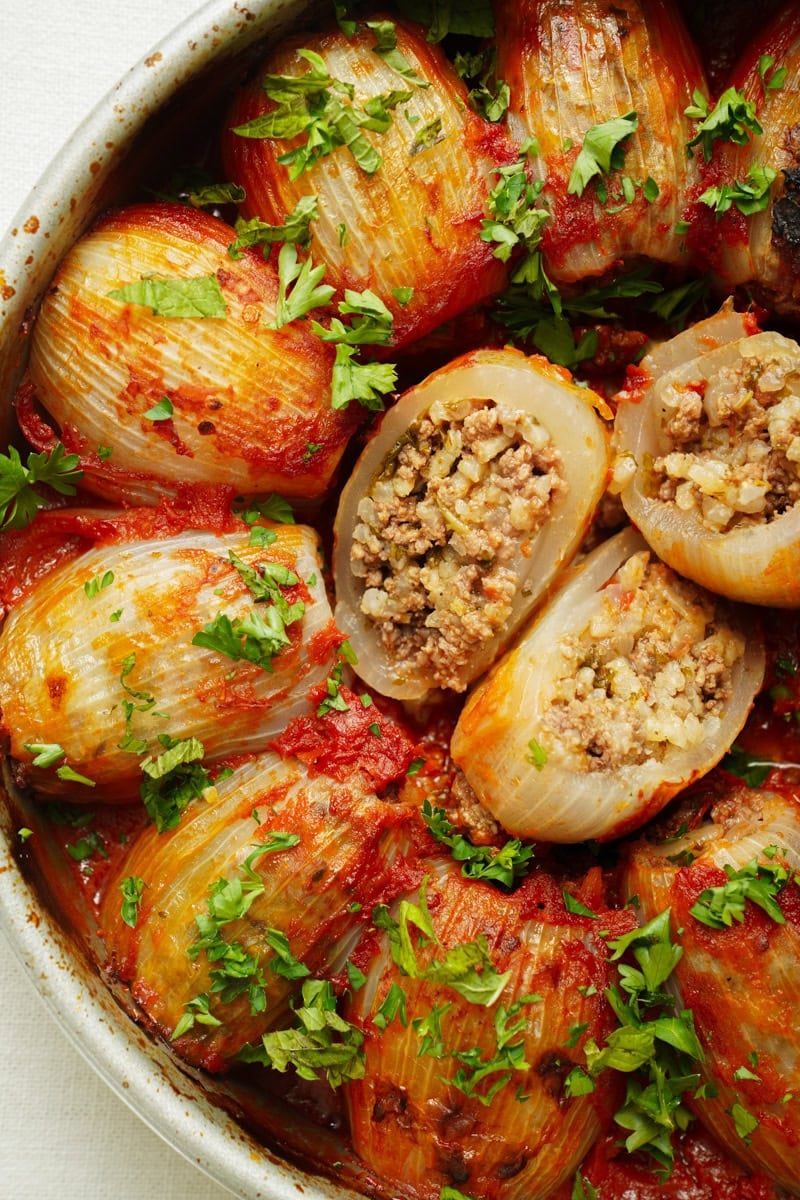
3. In a large bowl, combine the ground meat, breadcrumbs, parsley, celery, onions, garlic, salt, and pepper. Mix well.
4. Fill each onion with the meat mixture, pressing it down firmly.
5. Heat the olive oil in a large skillet over medium heat. Add the stuffed onions and cook for about 5 minutes on each side, or until browned.
6. Transfer the stuffed onions to a baking dish and pour the red wine (if using) over them.
7. Cover the dish with aluminum foil and bake for about 1 hour, or until the onions are tender.
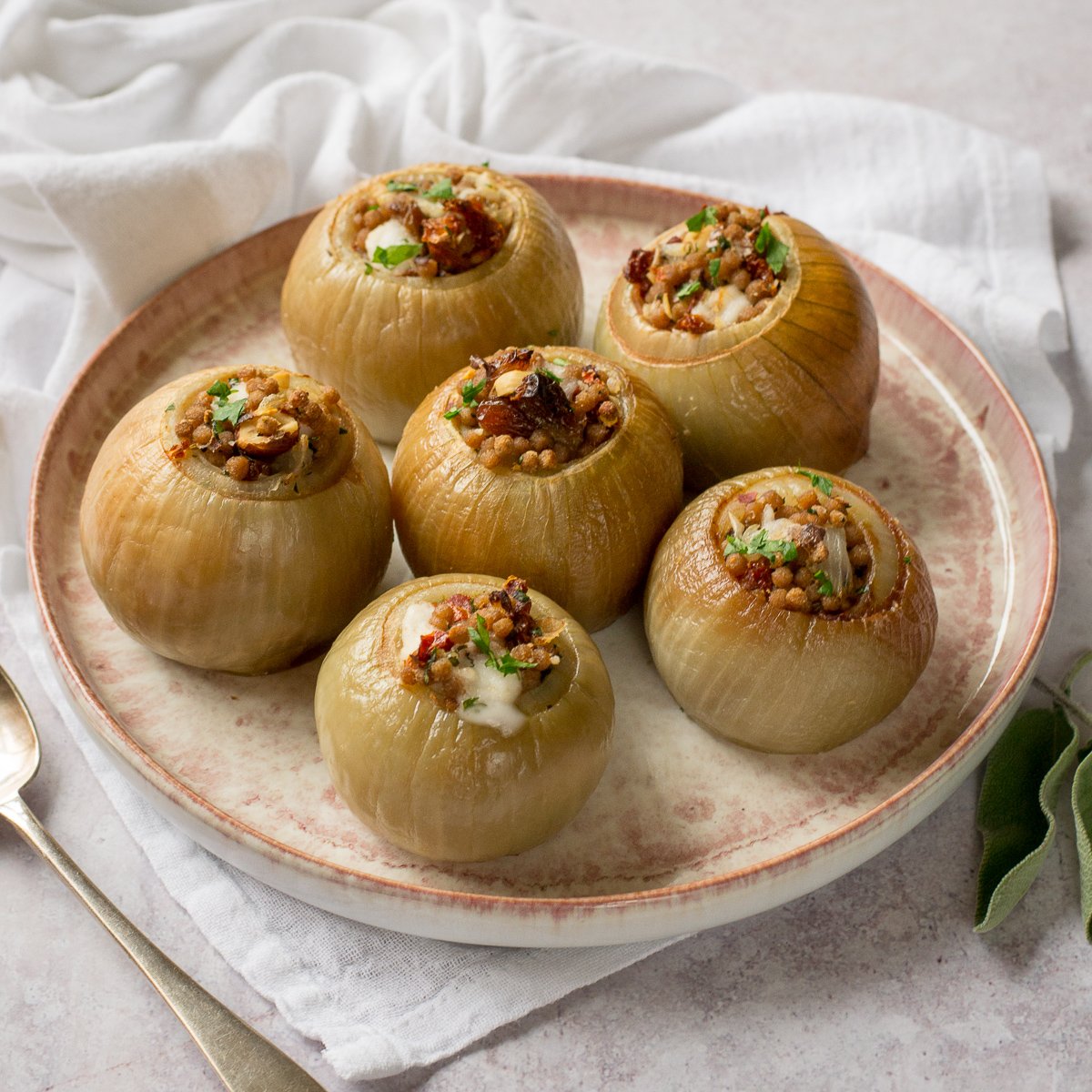
Nutritional Benefits
Stuffed onions are not only delicious but also packed with nutritional benefits. Onions are a good source of fiber, vitamin C, and potassium, and they contain compounds that may help reduce the risk of certain diseases, such as heart disease and cancer. The filling, which often includes ground meat, breadcrumbs, and vegetables, adds additional protein, vitamins, and minerals to the dish.
Cultural Significance
Stuffed onions have played a significant role in various cultures, serving as a symbol of celebration, hospitality, and prosperity. In some regions, stuffed onions are a traditional dish for special occasions, such as weddings, birthdays, and holidays. In other areas, the dish is a staple of everyday meals, reflecting the culinary traditions and flavors of the local cuisine.
Variations Across Regions
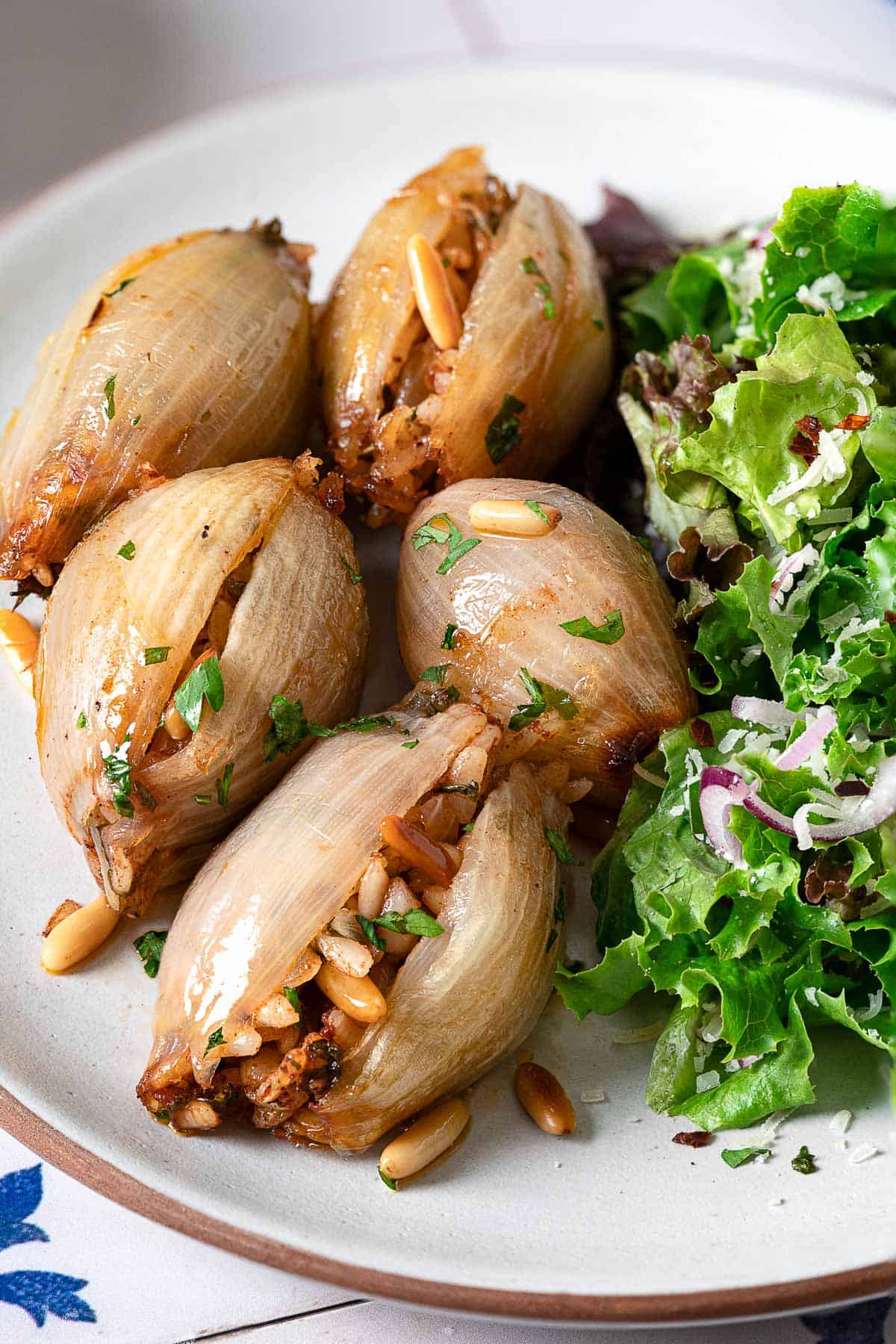
Stuffed onions vary widely across different regions, with each offering its own unique twist on the classic recipe. In Italy, for example, stuffed onions are often filled with a mixture of ground meat, breadcrumbs, and herbs, and served with a tomato sauce. In France, the dish is known as oignons farcis and is typically filled with a mixture of ground meat, onions, and garlic, and served with a creamy sauce. In the Middle East, stuffed onions are often filled with a mixture of ground meat, rice, and spices, and served with yogurt or a side of pita bread.
The Role of Stuffed Onions in Modern Cuisine
Stuffed onions have continued to evolve in modern cuisine, with chefs and home cooks experimenting with new ingredients and cooking techniques. The dish has become a popular ingredient in various recipes, such as stuffed onion soup, stuffed onion pizza, and stuffed onion sandwiches. Stuffed onions also make a great addition to a variety of dishes, such as stews, casseroles, and salads.
Conclusion
Stuffed onions are a culinary delight with a rich history and numerous nutritional benefits. This versatile dish has played a significant role in various cultures, serving as a symbol of celebration, hospitality, and prosperity. As we continue to explore and adapt traditional recipes, stuffed onions will undoubtedly remain a beloved dish for generations to come.
